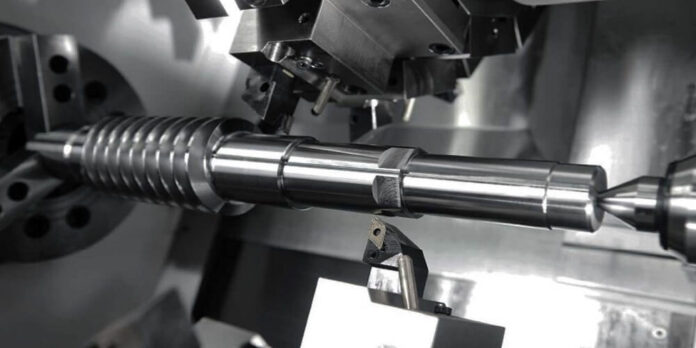If you are a newbie in the world of CNC Machining, things can get a bit confusing. The good news is that reputable companies such as the China CNC Turning Service will always be available to put you through.
For beginners, one thing you must have at the back of your mind is that the parts you use daily are manufactured through automatic processes.
Parts are either manufactured through CNC Milling or CNC Turning. For this study, more attention will be paid to CNC Turning.
What Does CNC Turning Mean?
CNC Turning is also known as Computer Numerical Control Turning. It is a type of machining process that is used in cutting a piece of work in a straight manner. This usually happens while the machine rotates to form a part.
During this rotation, the diameter of the workpiece gets trimmed to the desired shape. The result of this process is a highly polished surface. CNC Turning is used for different types of tools or parts including glass, metals, and plastics.
Working Mechanism of CNC Turning
To start a CNC Turning process, you first place the part to be machined on the Chuck. The Chuck is made to rotate continuously at a high speed while the excess piece is being removed using a sharp tool.
As part of the raw material is being removed, it soon results in the desired shape. After this, the material is further trimmed to ensure that the surfaces are neat and precise.
CNC Turning is a subtractive process such as in CNC milling. However, this process is opposed to the additive machining of 3D paintings.
During a CNC turning, vertical or horizontal lathes can be used. The manufactures choice of lathe will depend mainly on the tolerance range and the weight of the material to be worked on.
CNC Turning can be used on both the interior of a workpiece and the exterior as well. When it is used on the interior, it is normally referred to as “boring “.
Types of CNC Turning Operations
There are numerous types of CNC Turning a manufacturer can use to cut out different shapes from raw material.
Some of them include
· Tapered Turning
Tapered Turning can be internal or external. This type of turning is capable of causing a continuous increase or decrease in the diameter of a workpiece. Tapered Turning is ideal for constructing machines.
· Facing
Simply put, facing in this context means scrapping a material by placing a tool for cutting at a predetermined angle. This is done to create a flat surface.
· Hard Turning
Before Hard Turning is carried out on a workpiece, it is first treated with heat. According to Rockwell C, this process demands that a workpiece be turned more than 45HRC.
Most operators use it in place of grinding operations.
Other types of CNC Turning operations include Spherical Turning, Drilling, Grooving, Parting, and Knurling.
Conclusion
Of course, the concept of CNC Turning is very vast. But an understanding of just the basics is what you need to make better choices regarding manufacturing requirements.











